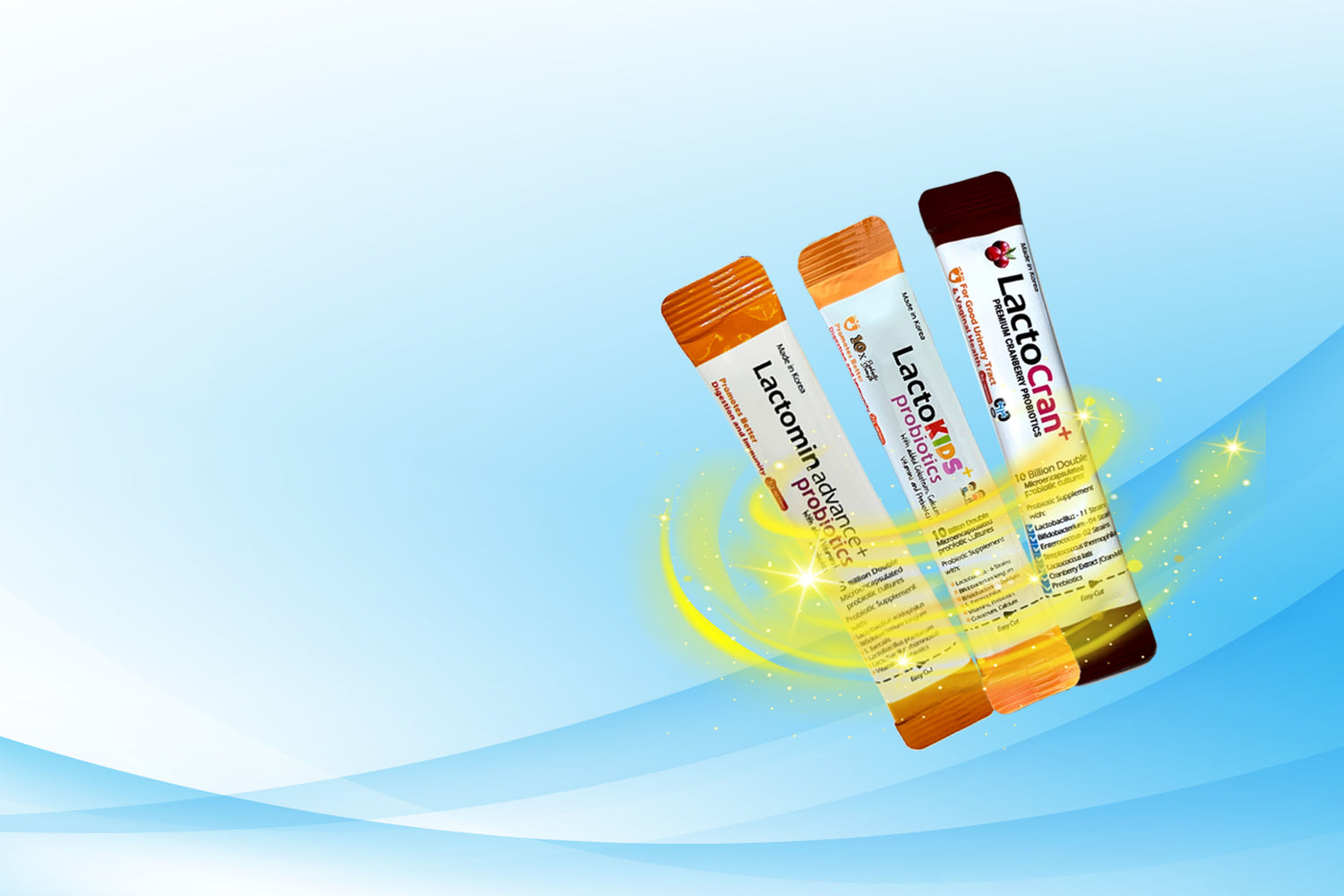CNA features on importance of Probiotics

What to look for in a good probiotic?
Featured on Channel News Asia Lifestyle 05/09/2019
"Adults need about 1 billion to 10 billion colony-forming units (CFUs) of probiotics a day, said Jaclyn Reutens, a clinical and sports dietitian, and founder of Aptima Nutrition & Sports Consultants."
This shows probiotic brands which has over 50 billion to 200 billion are not necessary for daily probiotic supplementation.
Lactomin has 3 Billion cfu, Lactokids has 10 billion cfu and both have a double protection system that consists of enteric and noltec layers which protect the probiotics. This ensures the maximum probiotic count enters your digestive tract.
"To benefit from probiotics, they have to be alive and in the right place. To keep probiotics alive, temperature is important. “Depending on the probiotic species and the food, the optimal storing temperature is usually between 2 degrees Celsius and 8 degrees Celsius,” said Mok. " - Becareful or pay attention to probiotic brands which requires probiotics to be kept refrigerated or temperatures below 25 degrees.
With refrigerated probiotics, due to instability of keeping strains alive, if temperature exceeds the refrigerated temperature, the strains will either die or lose its efficacy. (eg. even the duration when the probiotics was purchased and time taken to transport it back home into the refrigerator, matters. The longer it takes, the less viable the product.)
For probiotic products that require storage to be below 25 degrees, in Singapore's hot and humid conditions and average temperatures of 32 degrees. It is clear these products were manufactured for other cooler climates and not viable for Singapore hot conditions.
"The right place for probiotics to work their magic is in your small intestine, and not your stomach. So, in order for these little guys to be effective, they have to survive the stomach’s strong acid bath.
“Most strains from the lactobacillus, bifidobacteria and streptococcus families can endure stomach acid and reach the small intestine,” said Mok." - this combination of strains is found in Lactomin and Lactokids and has proven to be one of the most effective in
Strengthening and improving the digestive system
Lining the intestinal walls with good bacteria to prevent pathogenic bacteria from attaching to the walls.
Effective in helping to relieve stomach upset, diarrhoea or traveller's diarrhoes
Daily protection against bad and harmful bacteria from poorly prepared food, bad environment conditions, oily/fatty food, pesticides used on foods, bad bacteria from water, etc...
Helps the body to absorb nutrients and vitamins easier and faster
Strengthening the immune function
If you’re keen to shop for probiotics, here’s what the experts say to look for:
Lactomin, Lactokids and Lactocran ticks all these key areas experts have advised to look for in a good probiotic. At least 1 billion colony forming units (CFUs)
A general recommendation is to opt for probiotic supplements with a recommended daily dosage of between 1 billion and 10 billion CFUs for adults, said Dr Look.
‘Enteric coated’ or ‘acid resistant’
Either of those words on the label means that the probiotics are protected against the acidic environment of the stomach, said Mok.
Target your health problem
It might pay to, well, pay a little more for a brand that has studied the health problem you have. “Ideally, look for a product that’s been tested for whatever you’re looking to address,” said Prof Cresci.
Look for prebiotics, too
A good probiotic supplement should also offer prebiotics, the food for probiotics. “Some supplements called synbiotics contain a combination of probiotics and prebiotics,” said Dr Look.
Mok explained that “prebiotics are actually fibre, mainly soluble fibre, which can be found in fruits, wholegrains, tubers, some vegetables, and certain micro-algae”. When shopping for probiotics supplements, see if it contains common prebiotics such as fructooligosaccharide, inulin, mannose and xylitol.
source: https://cnalifestyle.channelnewsasia.com/wellness/what-to-look-for-shopping-groceries-gut-probiotics-11844820

